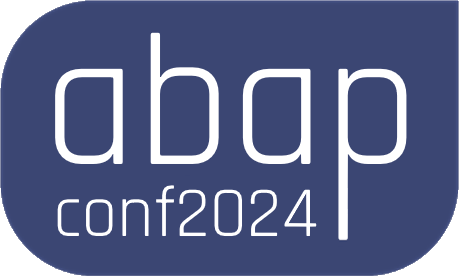Addressing the Future of ABAP: The Power of Open Source
W1/W245 minutes Language: EN
"ABAP is dead!" is a statement worth revisiting. Despite, SAP's continued investment in the ABAP language and tooling, there's a hint of truth to this provocative slogan. The ABAP ecosystem is indeed at a crossroads, dealing with issues like an aging developer community, an escalating volume of legacy applications, and a pressing necessity for transitioning towards cloud-based, clean core systems.
In this interactive presentation, we investigate how different ecosystems have successfully integrated open-source tools and methodologies. We will discuss the advantages of application development using open source as well as the challenges it presents.
The session will highlight the urgent need for revitalization of the ABAP ecosystem. See how open source will provide the necessary booster shots. Learn about topics like semantic versions, the publication and discovery of packages, and dependency management.
Open source will change how we work with ABAP forever. The sharing of high-quality ABAP packages will enable a strategic shift - moving away from reliance on inadequately documented and unreleased SAP code, to modular, thoroughly tested components build by the community. This approach ultimately aids moving custom-developments to the cloud with greater ease.
Let's make ABAP cool again: Open Source ABAP. Join the Movement.










